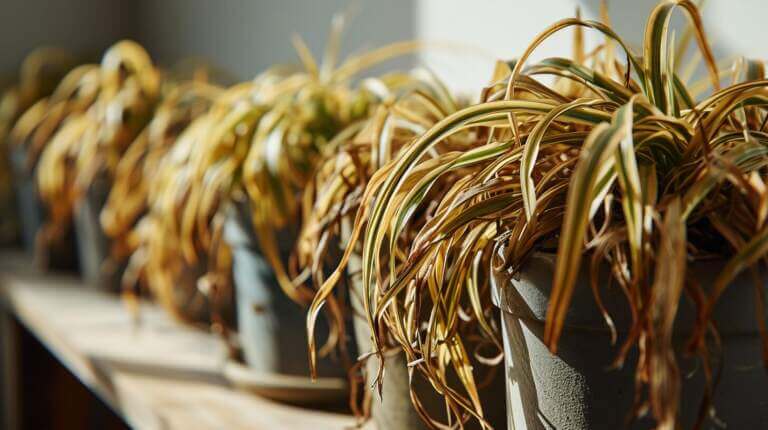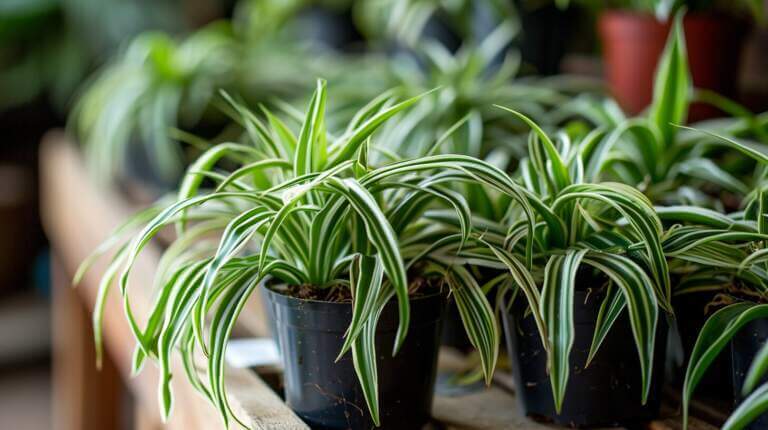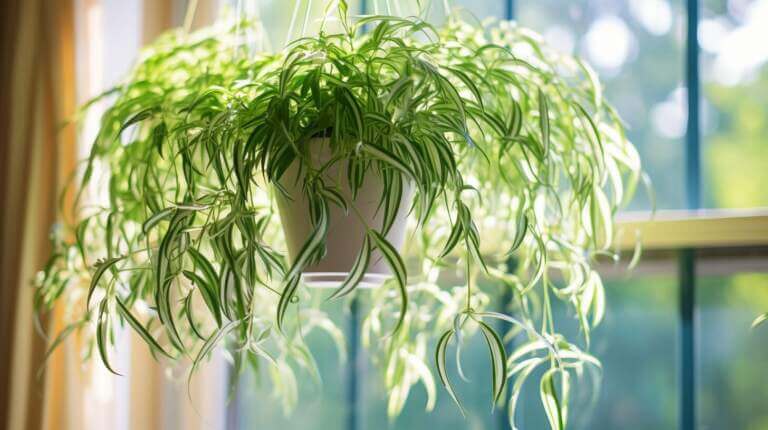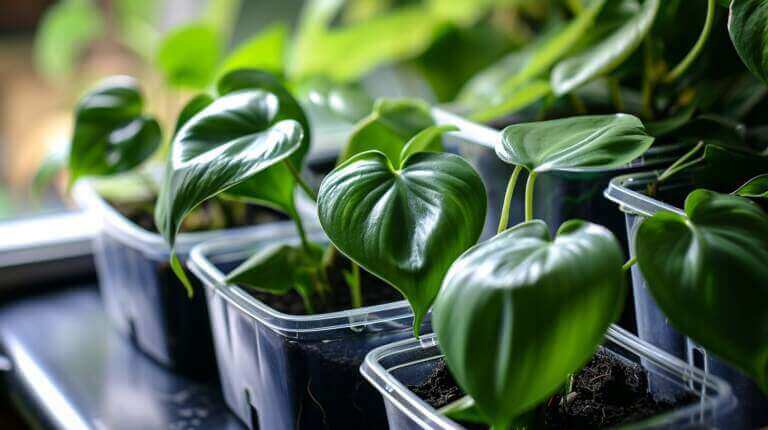How Much Light Does a Spider Plant Need? Spider Plant Light Requirements
Discovering the ideal amount of sunlight for a spider plant’s growth can be a perplexing pursuit. In this article, we will delve into the light requirements of these resilient and vibrant plants, aiming to provide valuable insights to both novice and experienced gardeners alike. From understanding the optimal light conditions to troubleshooting common sunlight issues,…












